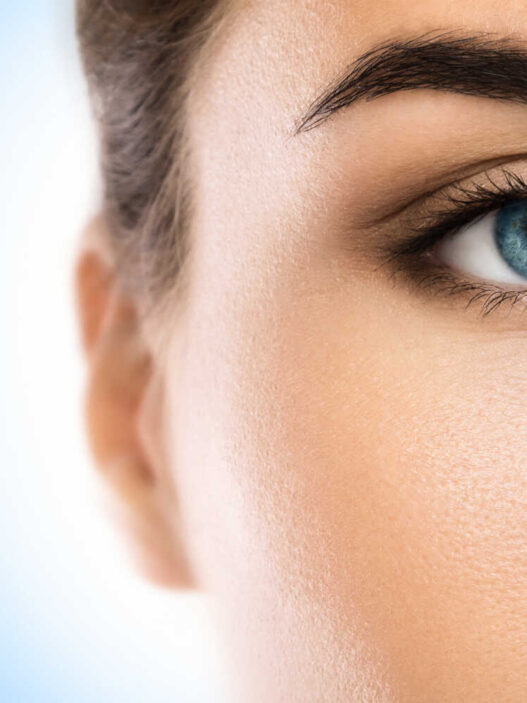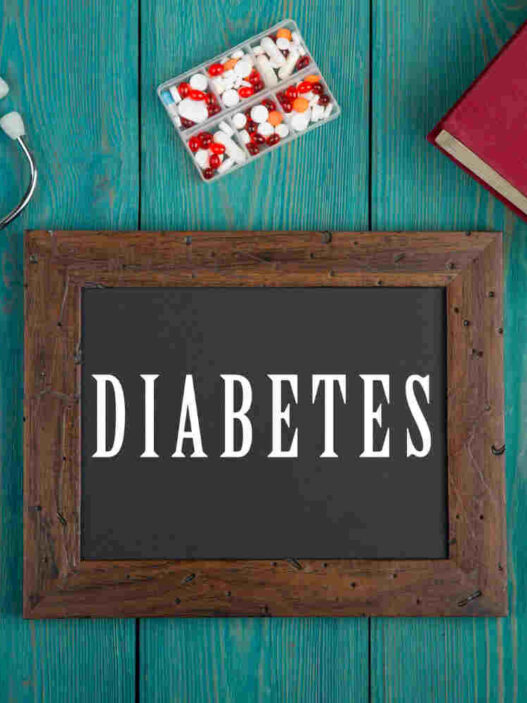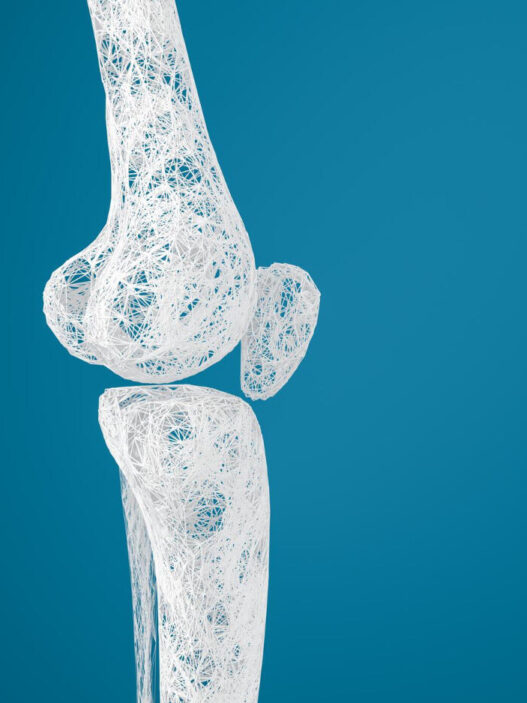Here are the Plenity Reviews of this magical superabsorbent hydrogel, Gelesis 100, for weight loss and battling obesity. Plenity is a unique pill without a drug, it is rather an aid or a device approved by FDA for weight management. This article covers the Plenity reviews of clinical evidence, Plenity ingredients, Plenity cost, how Plenity works, and Plenity side effects to help you discuss this prescription-only device with your health care provider.
Obesity: Complications and Prevention
Obesity is a significant health issue in the United States, with rates steadily increasing over the past few decades. It is estimated that over one-third of the people in the United States suffer from obesity. It is a complex and multifaceted disease and may be defined as the excessive or abnormal accumulation of fat or adipose tissue in the body that impairs health via its association with the risk of the development of conditions like type 2 diabetes, cardiovascular disease, hypertension, and hyperlipidemia, to name a few (1). Obesity is also associated with several other co-morbidities and health complications including stroke, certain types of cancer, sleep apnea, osteoarthritis, and mental health disorders. Obesity can also have a negative impact on overall quality of life and increase healthcare costs.
There can be several contributing factors for obesity, or a combination of genetic, environmental, behavioral, and socioeconomic factors. Some common causes include excessive calorie intake, a sedentary lifestyle, unhealthy eating habits (such as high intake of processed foods and sugary beverages), lack of access to nutritious food options (food deserts), and limited opportunities for physical activity.
Preventing and managing obesity requires a multifaceted approach. Strategies include promoting a healthy lifestyle through balanced nutrition, regular physical activity, behavior modification, and fostering supportive environments. Medical interventions, such as weight loss medications or bariatric surgery, may be considered in severe cases of obesity under medical supervision. In cases of severe obesity or when lifestyle changes alone are insufficient, weight-loss medications may be prescribed or bariatric surgery may be recommended. However, these interventions are typically reserved for individuals with a body mass index (BMI) of 40 or higher (or a BMI of 35 or higher with obesity-related health conditions) who have not achieved success with other methods. Plenity, however, is an FDA-approved device that can be used in persons with lower BMI. Let us see the Plenity reviews of its ingredients, clinical evidence on efficacy and Plenity side effects in the subsequent sections of this article.
BMI is a commonly used measure to assess if you are overweight. A body mass index (BMI) of 30kg/m2 or higher is generally considered obese. However, other measures such as waist circumference, body fat percentage, and health conditions are also considered. A weight loss in the 5-10% range is also considered beneficial in improving health outcomes.
What is Plenity? A Pill Without A Drug!
Plenity is a brand name for an oral, superabsorbent hydrogel (Gelesis 100, or GS100), used for weight loss in overweight individuals and for the treatment of obesity. It is an FDA-cleared but prescription-only aid (device or capsule) for weight management in overweight individuals and those suffering from obesity (2). It is prescribed for weight loss in patients with BMI as low as 25-40 kg/m2 and there has been no restriction on the duration of the therapy (3). However, it has been advised to use it along with regular diet restrictions and exercise.
Plenity is neither an appetite suppressant nor a diuretic, in fact, it is not a drug at all. It is a weight loss pill without a drug. Plenity (Gelesis 100) is considered a device and not a medicine or drug as its efficacy is achieved through the mechanical modes of action.
It is considered non-systemic as it’s not absorbed and does not enter the systemic circulation so there are no risks of systemic side effects.
Plenity Ingredients Reviews – How does Plenity, the Superabsorbent Hydrogel Work?
Plenity ingredients are naturally derived building blocks. There are two major Plenity ingredients that help in weight loss: Modified Cellulose and Citric Acid.
The modified cellulose forms a superabsorbent hydrogel through a proprietary process. There are several thousands of hydrogel particles present inside the Plenity capsule which are released in the stomach after oral ingestion. Basically, these particles help absorb water within the body.
These superabsorbent hydrogel particles occupy about one-fourth of the stomach volume even when fully hydrated. After that, these superabsorbent hydrogel particles form 3-dimensional beads that mix with food further creating a larger meal’s volume and bulk without adding any calories to it. This results in a feeling of fullness and satiety. As a result, one eats less food and loses weight.
Plenity maintains its shape and structure in the digestion process and later breaks down in the small intestine where water is reabsorbed by the body. The hydrogel is eliminated through feces (2, 3).
Unfortunately, the official website of Plenity does not mention the full Plenity ingredients list and the label. Even though the official website mentions that if you are allergic to cellulose, citric acid, stearyl fumarate, gelatin, or titanium dioxide, you should not take Plenity. This clearly shows that stearyl fumarate, gelatin, and titanium dioxide are Plenity ingredients other than cellulose and citric acid. However, we could not find any information on the amount present as no official label was found on the website regarding Plenity ingredients.
Plenity Superabsorbent Hydrogel vs Fibre
Plenity is different from dietary fibre and here are the differences:
Plenity superabsorbent hydrogel particles have a 3-dimensional structure while dietary fibers have a linear structure.
The superabsorbent hydrogel creates thousands of gel pieces on hydration, similar to solid vegetables and fruits, but they have no calories and no nutritional value. Dietary fibers, however, carry water only on their surface (2).
Plenity Reviews – Is Plenity Effective for Weight Loss?
Plenity official website claims that many people lose weight within the first month of taking it. We reviewed the available clinical trials on Plenity for reviews on its efficacy and found the following studies:
The GLOW Study – Plenity or Gelesis 100 Clinical Trial
The ‘GLOW’ stands for ‘Gelesis Loss of Weight’ study, sponsored by Plenity manufacturer Gelesis, conducted a 6-month randomized clinical trial at multiple centers where patients received either Plenity capsules or a placebo. The study assessed the safety and efficacy of Gelesis100 in overweight or obese patients, with or without type 2 diabetes. 59% of patients receiving Plenity achieved ≥ 5% of weight loss when compared with placebo (42%). Also, 27% of patients on Gelesis 100 achieved ≥ 10% weight loss as compared to placebo (15%). Further, patients treated with Gelesis 100 reported greater and sustained weight loss (3, 4).
GLOW Ex Study – Plenity or Gelesis 100 Glow Extension Trial
This was an extension of the GLOW study further continued for 1 year. Those patients who continued the treatment had a weight loss of 7.6%. No serious adverse events were reported in the GLOW-EX study (3, 4).
Plenity or Gelesis 100 Trial on Obese Persons with Diabetes
It was observed in the GLOW study that prediabetics or those with type 2 diabetes had a higher weight loss of >7.5% and even 10% after 6 months period. Thus, the odds of achieving >10% weight loss were 6 times higher in prediabetic or drug naïve type 2 diabetic patients suggesting that Gelesis100 demonstrated greater benefit in higher-risk patients (3, 4).
Further, a single-center, phase 1 clinical trial observed no significant drug interactions when Plenity was taken by patients on metformin (a commonly prescribed antidiabetic medication) in type 2 diabetes. The study concluded that Gelesis 100 (GS100) can be taken by diabetic patients without affecting metformin absorption or any risk of drug interactions with metformin (5).

Plenity Benefits
- Clinical trials reported about 59% of Plenity users lost 10% of body weight in 6 months’ time (2).
- As it is not a drug, there are no systemic adverse effects on the brain, liver, or other organs. It is not absorbed or released into blood circulation.
- Plenity or Gelesis 100 is an FDA-approved weight loss treatment.
- Plenity is safe for those suffering from hypertension, type 2 diabetes, dyslipidemia
- Plenity ingredients claims to contain no wheat, no gluten, and no stimulant
- Plenity can be used even in people with low BMI. Thus, those not eligible for bariatric surgery may go for this option.
- It is cheaper to take Plenity rather than opt for expensive bariatric surgery.
- A study suggested that Plenity ingredients does not interact with metformin, an antidiabetic medication.
- Plenity is claimed to produce results within one month time
Plenity Side Effects Reviews
There are some side effects and risks associated with Plenity ingredients and the way it works. Hence, it is not advisable for patients who are suffering from or had previously suffered from the following conditions (3):
- Gastroesophageal Reflux Disease (GERD)
- Gastric Ulcers
- Heartburn
- Esophageal Abnormalities (Diverticulitis)
- Crohn’s disease (suspected strictures)
- Patients underwent gastric surgery
- Pregnant woman
- Patients allergic to cellulose, citric acid, & other components like stearyl fumarate, gelatin, and titanium dioxide.
Overall, it is considered to be safe. The most common side effects observed in Plenity reviews of clinical trials are – Bloating, Fullness, Flatulence, diarrhea, Infrequent bowel movements, and Abdominal pain (2).
Plenity may interfere with the absorption of other medicines and hence one should not take it with other prescribed medicines at the same time.
More on Plenity
Who manufactures Plenity?
Plenity (Gelesis 100) got approved by FDA in 2019 as a medical device. It is manufactured by Gelesis company with headquarters in Boston, MA, USA.
Can children take Plenity?
No, Plenity has been FDA-cleared only for adults and children should not use it. The Plenity ingredients have not been checked for clinical efficacy or safety in children.
How to take Plenity?
Plenity (Gelesis 100) must be taken only on the advice of a physician or a health care provider. It is a prescription-only aid, and hence one cannot procure it without a prescription. Surprisingly, for selling Plenity, online consultation and prescription are offered on its official website.
As per the official website, Plenity is advised to be taken orally. 3 capsules of Plenity are to be taken with 16 oz of water twice daily before meals, first and second doses are to be taken 20 min prior to lunch and dinner respectively (2). However, if anyone misses a dose, there is no harm in taking it after the meal.
Plenity Cost
We found on the official website that a 1 month supply of Plenity costs about 98USD which comes out to be 1.75USD per dose. Further, the official website offers a discount of 15% on the Plenity cost if one buys a 3-month supply (2).
Final Food for Thought
Obesity is a multifaceted issue that requires a comprehensive approach to address effectively. Long-term success in managing obesity requires sustainable lifestyle changes, including more physical exercise, changes in your diet, behavior modifications, limiting added sugars or saturated fat, and increasing consumption of fruits, vegetables, whole grains, etc. It is generally recommended to perform at least 150 minutes of moderate-intensity aerobic activity or 75 minutes of vigorous-intensity aerobic activity per week, along with muscle-strengthening exercises at least twice a week. Addressing behaviors associated with eating, physical activity, and emotional well-being is also an important component in battling obesity. Setting realistic goals, tracking progress, seeking support from healthcare professionals or support groups, and adopting strategies to overcome barriers, if any.
In the case of Plenity too, it was reported to be effective when used in conjunction with diet and exercise. Plenity reviews, therefore, suggest that it is not a standalone solution for obesity but rather a tool to aid in weight management efforts. Though clinical trials support the use of Plenity or Gelesis 100 in weight loss, it is important to note that individual results may vary. Moreover, it is a prescription-only aid, and one should consult a healthcare physician before starting Plenity. For obesity management, one must refer to the official guidelines from reputable organizations, such as the National Institutes of Health (NIH), the World Health Organization (WHO), or relevant national health authorities.
Sources
- https://pubmed.ncbi.nlm.nih.gov/29083734/
- https://www.myplenity.com/
- https://www.ncbi.nlm.nih.gov/pmc/articles/PMC7364464/
- https://www.ncbi.nlm.nih.gov/pmc/articles/PMC6587502/
- https://pubmed.ncbi.nlm.nih.gov/30067074/
Disclosure – The products belong to a third party, and we have neither used nor endorsed any products and we may even get compensation for publishing it. However, our in-house writers have thoroughly researched and written this content based on trustworthy scientific literature. The same has been reviewed and fact-checked by a qualified professional. The content provided is for information purposes only and does not constitute medical advice. The publishers of this website take no responsibility for any health issues, personal injury, death, disability, or any other harm due to the content on our website or any advice or opinion expressed on our website. Please consult your healthcare professional before consuming any supplement. For more information, please read our medical disclaimer.











